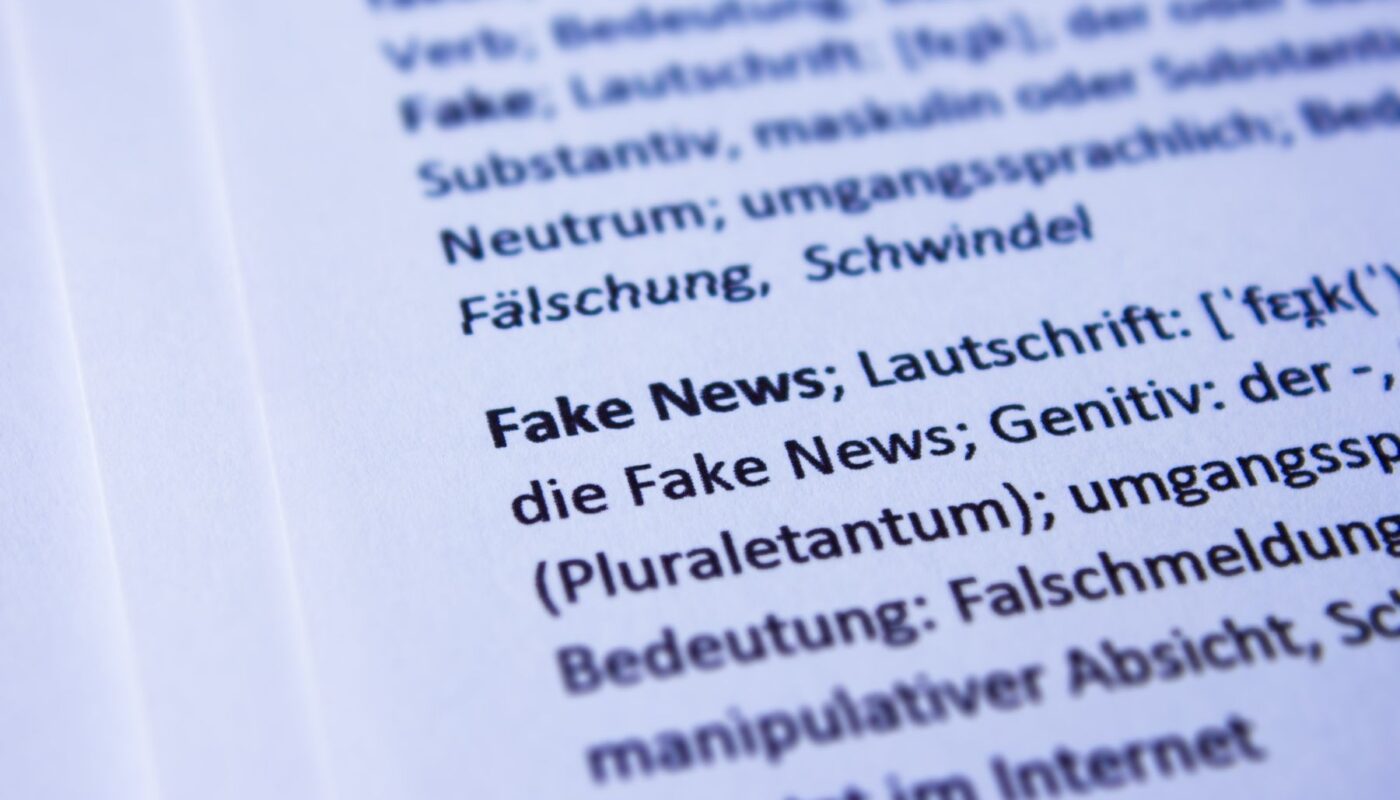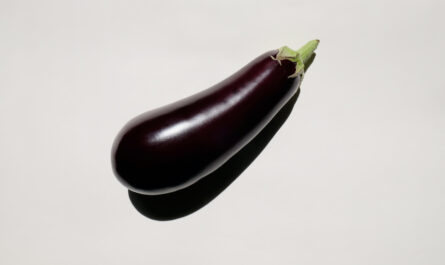By: Claudia Amezcua Woodcock
Every day as news consumers, we choose what type of information we choose to consume while doom scrolling through social media. Over the past few years, the rise of misinformation has made it difficult to decipher between credible and, well, let’s face it, fake news. With a catchy headline or a well-written social media copy, it is easy for anyone to fall for misinformation. Through my time as a digital journalist, here are some tips on becoming a better news consumer:
Check the source
Like checking the email address to the questionable email claiming that a prince from a far-off land will give you enough money to pay off your student loans in exchange for a few $1,000 Visa gift cards, it’s a good idea to:
- Check the URL for extra letters or symbols.
- Is this coming from a news source (local or national) that you know?
- Does it sound like a source, you know, or is it slightly off?
- Check the “About” section. If it’s a satire site, it will be identified within the about section.
Read the article
Headlines only give you a brief idea of what the article is about, and give yourself a few minutes to read through the story.
Ask yourself:
- Are there other publications reporting the same content?
- Is the author showcasing both sides of the story? If the other side is lacking, did they mention why the other side is missing? (Example: “We reached out to the company but did not hear back.”)
The Author
Search for the author and check if that person is real who is credible.
References
Determine if the links within the article support the story.
Check the date
It is not uncommon for old articles to be reshared on social media as current events. (I mean, how many times can the same celebrity pass away?)
News stations don’t post old news stories. Some stations will update an old story with an update but will typically write a new article and reference the old story with an embed link.
Is this a joke?
If it sounds too good to be true, then it’s probably satire.
Bias
Check your bias. In other words, is your beliefs affecting your news judgment?
Above all, take everything you see or read on social media with a grain of salt and steps to verify the content before sharing it out with the world.
Claudia Amezcua Woodcock is a recovering journalist and graduate student at the University of Oregon. Connect with her on Twitter or LinkedIn.




Hello Claudia, great tips. One that I would add is if the article uses another article as a source. This typically means that the journalist did not do the necessary research to validate the information. This is also how hoaxes take off. When one person doesn’t check the sources and quotes the original article, it instantly gives validity to that article, regardless of if it is truthful.
Hey Claudia, I absolutely love this article!! These are very helpful tips when it comes to deciphering whether an article you see online is from a reputable source or if it is indeed fake news.
Hey Claudia,
You made some great comments about how fake news works in our society and tips to spot it. Fake news has evolved so much in the last 10 years, and as social media is more relevant than ever, it’s just growing and growing. With more and more news outlets trying to one up one another, that’s where I think fake news is growing the fastest. Although fake news is all over the internet, I see it most on social media.